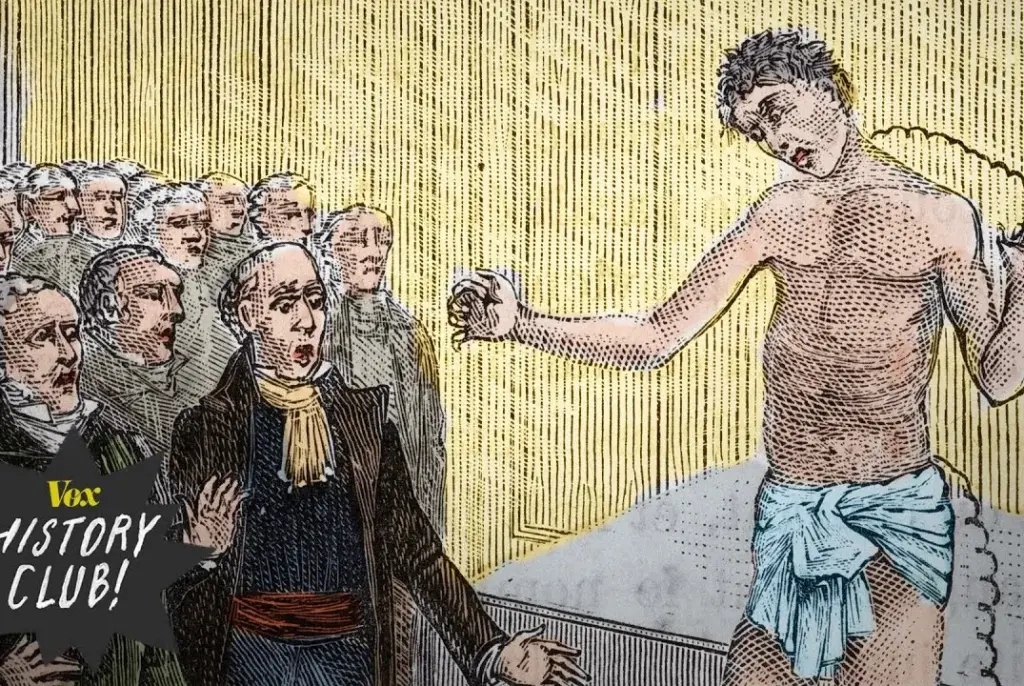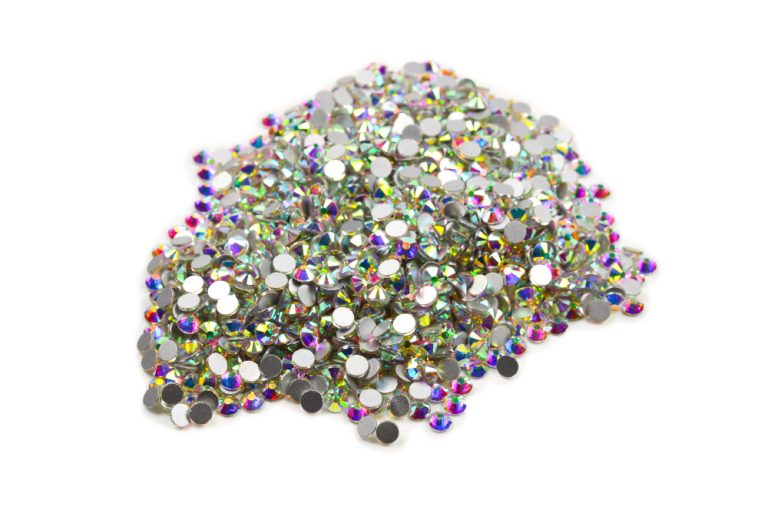With the Halloween season mere months away, the time has come to start thinking about what frightening reads to line up for ourselves this year. Some of us may reach for Mary Shelley’s Frankenstein; or, The Modern Prometheus, a story we all think we know. But a look into its context reveals that what’s now regarded as a timeless classic was, in its day, quite a topical novel. Introducing the 1931 James Whale film adaptation, the regular horror-movie player Edward Van Sloan describes Frankenstein as dealing with “the two great mysteries of creation: life and death” — which, when Shelley’s novel was published more than a century earlier, were yet more mysterious still.
“Worried by the potential inability to distinguish between the states of life and death, two doctors, William Hawes and Thomas Cogan, set up the Royal Humane Society in London in 1774,” writes Sharon Ruston at The Public Domain Review. At the time, it was actually called the Society for the Recovery of Persons Apparently Drowned, a name that would’ve doubled neatly as a mission statement. Falling into the rivers and canals of London was, it seems, a common occurrence in those days, and few members of the public possessed the swimming skills to save themselves. Thus the Society’s members took it upon themselves to devise methods of reviving those “persons apparently drowned,” whether their plunges were accidentally or deliberately taken.
One such attempted suicide, writes Ruston, “seems to have been Mary Shelley’s mother, the feminist, Mary Wollstonecraft,” who later complained about how, after leaping into the Thames, she was “inhumanly brought back to life and misery.” That incident could well have done its part to inspire Frankenstein, though notions of reviving the dead were very much in the air at the time, not least due to the attention being paid to the practice of “Galvanism,” which involved stimulating the muscles of dead animals and human bodies to movement using the then-novel phenomenon of electricity. In the England of that historical moment, it wasn’t entirely far-fetched to believe that the dead really could be brought back to life.
You can learn more about the scientific developments, social changes, and human anxieties (including about the possibility of being buried alive) that formed Frankenstein’s cultural background from the Vox History Club video above. In a way, it seems inevitable that someone in the early nineteenth century would write about a scientist avant la lettre who dares to create life from death. It just happened to be the teenage Shelley, to whom the idea came while engaged in a competition with Lord Byron, the writer-physician John Polidori, and her soon-to-be husband Percy Bysshe Shelley to see who could write the scariest story. Two centuries later, the story of Frankenstein may no longer scare us, but as told by Shelley, it still has a way of sounding strangely plausible.
Related content:
Based in Seoul, Colin Marshall writes and broadcasts on cities, language, and culture. His projects include the Substack newsletter Books on Cities and the book The Stateless City: a Walk through 21st-Century Los Angeles. Follow him on the social network formerly known as Twitter at @colinmarshall.








